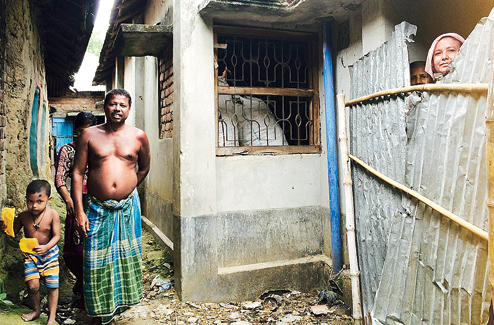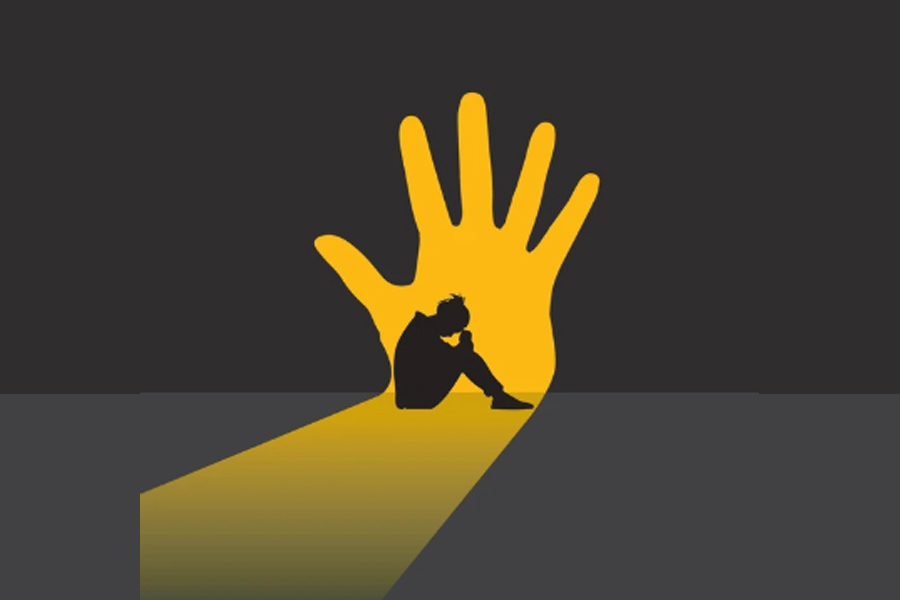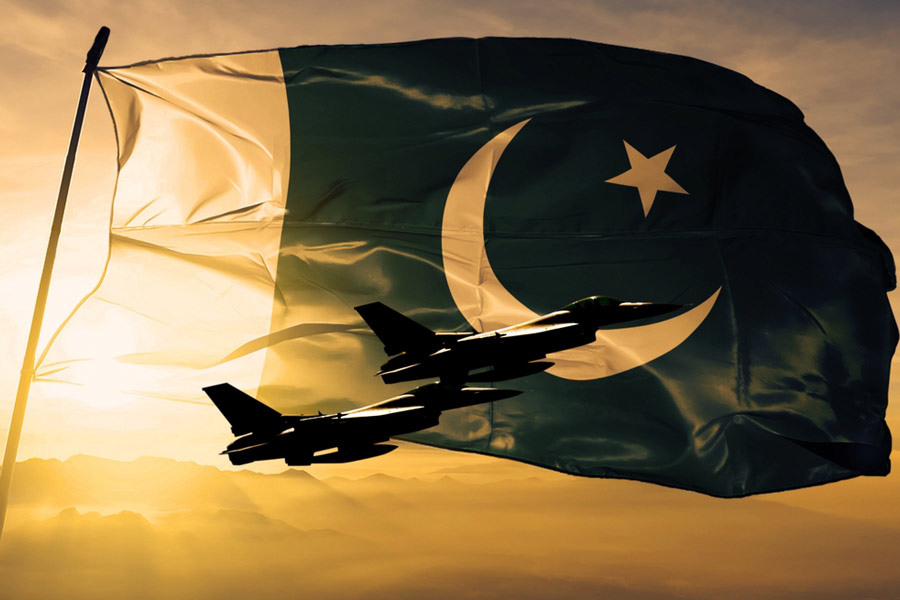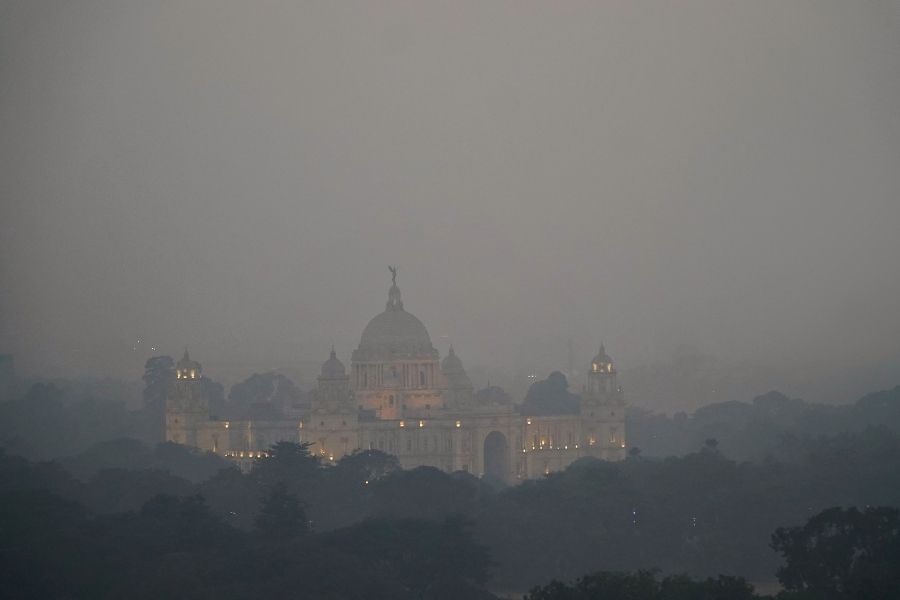
Eleven-year-old Abhijit Majumdar plans to spend most of his summer holidays in Bangladesh. Not with a passport and a visa, but by just stepping out into his backyard. The front of his house is in India, the back in Bangladesh.
"My friends from Bangladesh come to play football with me," says Majumdar, who lives in Dakshin Para in the South Dinajpur district of West Bengal.
His house is among the 70 houses in his village on or near the zero line or Radcliffe Line, the international boundary (IB) drawn between India and what was then East Pakistan and is now Bangladesh. A large part of the house falls in India, while a portion lies in Bangladesh.

As India and Bangladesh sealed a Land Boundary Agreement recently to exchange enclaves on the border where thousands of people from the two countries live without proper citizenship and legal rights, the focus is now on people who are placed near the zero line of the India-Bangladesh border.
A 2216km-long stretch of the 4,096km border falls in West Bengal, covering North 24-Parganas, South 24-Parganas, Murshidabad, Nadia, Malda, North Dinajpur, South Dinajpur, Coochbehar, Jalpaiguri and Darjeeling. Around 70,000 people live on or near the zero line across the border, more than 11,000 in South Dinajpur alone, where the border is the most porous.
There should be no settlements within 150 yards of the IB. But this no man's land is dotted with houses, with large agricultural fields and ponds surrounding the habitat.
One can easily cross the border by stretching one's leg. The distance between the two countries is less than a foot in most areas. A series of white pillars - some submerged in ponds or half buried in the ground - indicate that this is the border area.
For the residents, there is nothing new about living in two countries. But when Hamida Bibi came to Shrikrishnapur village after getting married 10 years ago, she felt strange when she looked out of her window into Bangladesh.
"Now it is so normal," Bibi says, standing next to a bamboo tree which was planted in India and branches out into Bangladesh.

For people across the two sides, the border is no barrier. "I often cross the border. I go to the Katla market in Bangladesh, two kilometres away, to buy clothes or grocery," Bibi says.
It is difficult to tell which house is in India for the undulating by-lanes with packed mud houses snake across the two countries seamlessly. From one house, you can hear the sounds of two women quarrelling - one is in India, the other in Bangladesh. The bone of contention is the quality of saris that a Bangladeshi woman has sold to Indian villagers.
Stories of harassment are common. To go to another village a few kilometres away, the local people have to take permission from the jawans of the Border Security Force (BSF). The huge black gates that stand next to the IB fence, around 150 yards away from these villages, open only from 6am to 6pm. To cross the gates, the villagers have to submit their identity cards at the checkpost.
Other villagers who live beyond the gates are not allowed into this area - this correspondent entered covertly with the help of a local villager.
"They have cut us off from our own country. They refuse to open the gates for us even if there is an emergency at night," says 24-year-old Tahmina Bibi of Shrikrishnapur village. "We have to wait till a senior officer gives us permission."
The BSF claims that security in these villages has been tightened because this is the hub of illegal trade. The villagers, mostly women and children, smuggle into Bangladesh goods such as cough syrups, rice, spices, cooking oil, saris and cycles. The goods are mostly transported by trains to and from Bangladesh which pass through Hili Block close to the zero line. Trafficking of cows and trading of illegal currency are the two biggest problems that security forces face on this porous border.
"Having a house on the zero line is not a problem. The problem is that these houses are used for illegal activities," says Veena Sikri, former Indian envoy to Bangladesh.
Villagers accuse the BSF of raiding their houses in search of illegal goods. "The jawans beat us up. They treat us worse than animals," complains Minhajul Islam, who runs a grocery shop in Purba Gobindapur.
The BSF denies the allegations. "We do our job for security issues but they think we are harassing them. If we don't keep a check, we would be accused of colluding with them on illegal trade," says Sandeep Salunke, inspector-general, BSF, South Bengal Frontier, who is also in charge of the North Bengal border.
Some of the villagers claim that they possess identity cards issued by both Bangladesh and India.
"Living on zero line is like living on the edge. There is always an air of suspicion around us. Dual identity cards help because when we are not allowed to cross the gate we can always go to the other side in case of any emergency," says Monirul Islam (name changed).
The BSF says that the identity cards are issued by district administrations, and they have no way to control this. But to check crime, it has proposed to the ministry of home affairs to facilitate the relocation of these villages to an area outside the IB fence. The ministry of home affairs has asked for a response from the states bordering Bangladesh.
"It would be appropriate if the issue of people living ahead of the fence near the zero line receive the same kind of attention that the areas under Land Boundary Agreement received," says Salunke. "The onus is on state governments to provide land and ensure that the villages ahead of the fence are relocated and that no Indian is staying close to the zero line."
The villagers are worried about being relocated, and not being adequately compensated.

"Most of these people have been living in their ancestral houses. Some of them have agricultural land, too. If they don't get good compensation, why should they move out of their homes," asks Anil Roy, a member of the Dhalpara Gram Panchayat in Hili block.
And would it affect their schooling, ask the children of Purba Gobindapur village. Ever since their primary school shut down two years ago, many of them have been walking to Daudpur in Bangladesh to study in a madrasa.
"We want to study. It doesn't matter if it is an Indian or a Bangladeshi school," says Jahana Khatoon (name changed).
Clearly, for the villagers, straddling two countries is part of life. Cross-border love stories are common. Tamina Bibi of Islambagh in Bangladesh and Rashid of Jamalpur in South Dinajpur met when Bibi crossed the border to fetch water from Rashid's village seven years ago.
"We fell in love and got married. The borders didn't matter," she says.
In the Haripukur mosque, next to a boundary pillar, Indians and Bangladeshis pray together every Friday. "The mosque belongs to Bangladesh but we pray here because it is right next to our village," Haripukur resident Mohammed Amjad Ali points out. "When the leaders of the two countries are promoting goodwill, where is the problem when we do so?"










